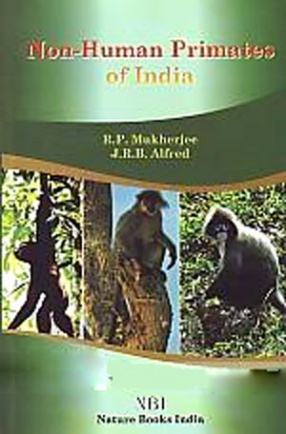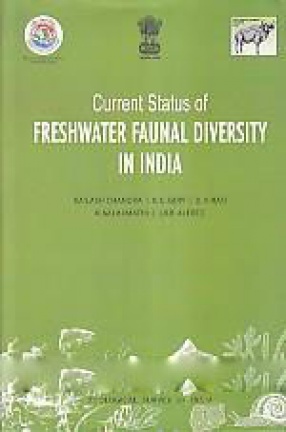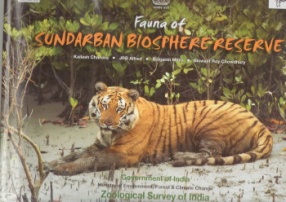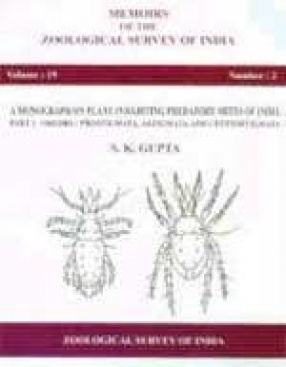This book highlights India’s biological diversity in the non-human primates, with accounts of 15 well documented species, 2 prosimian, 7 macaque monkeys, 5 langur monkeys, and one lesser ape, the Hoolock gibbon. Some of these species, such as the Common or Hanuman langur, occur throughout India in a wide range of habitats; others, such as the lion tailed macaque, are limited to the tropical forests of southern India; and several, such as the Hoolock gibbon, golden langur, and slow loris, occur only in the forests of northeast India.
Some species, such as the rhesus macaque, live in the forests of northern and central India, but are also highly commensal with human populations in agricultural areas, roadsides, villages, towns, temples and cities. Their commensal habitats may include army cantonments, railway stations, industrial areas, and even city dumps. They occur at sea level in the Gangetic delta to over 3000 m in the Himalaya. This adaptive ability has enabled rhesus populations to have the widest geographic distributions of all non-human primates, extending from northern Pakistan and Afghanistan throughout northern India, Nepal, Myanmar, to central and northern China, and southeast Asia.
In India, rhesus populations attained high numbers, despite former extensive utilization in worldwide biomedical research and pharmaceutical production. This use of rhesus has proven to be of great benefit to mankind because of the physiological similarity of rhesus and humans. The recognition of the Rh factor in human blood, and the development of polio vaccine are two of the rhesus monkey’s significant contributions to human health.









There are no reviews yet.